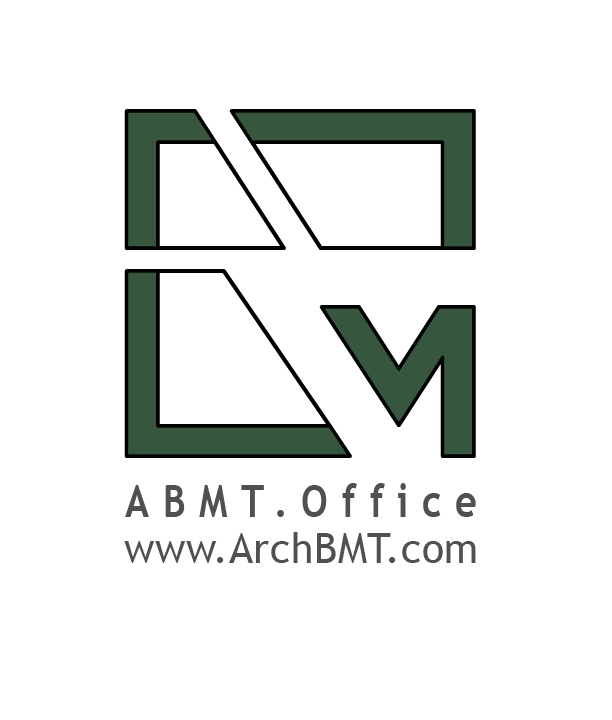The "sense of place" approach is central to all the projects that are designed in this office. The theoretical basis of the projects is formed by considering its scale along with the primary demands of the employer, examining the environmental psychology of the space and paying attention to the fundamental principle of economy and its added value, in the design, it seeks to find a kind of link between the user and the environment, which Create a good feeling in the user. From our point of view, the trinity of knowledge (design, technical, implementation) has been the main and major parts in the formulation of architectural and interior architecture plans. The projects proposed to the office are reviewed and analyzed as a group by forming a think tank of different trends and specialties, and the overall structure of the projects is formed with the focus on "economy and sense of place". In this way, he seeks to find architectural and aesthetic qualities from a deep understanding of the design problem, and these qualities are created by creating multi-layered, flexible, readable and memorable spaces in the designs. To reach this answer, planning tables are prepared and different layers of the project are formed in a back and forth process, and the intersection of these layers, the network of issues and findings, leads to architectural answers. The variable prioritization of each project is desired in the beauty, efficiency, economic, operation, and implementation sectors, and according to the answers obtained from the analysis, the prioritization is considered to advance the project.
MohammadTaghi Bagheri, a Master architectural expert, started his architectural activity in various architecture and urban planning offices in 2007 and established Bagheri Architecture and Urban Planning Office (ABMT Office) in the fall of 2010 in Mashhad, focusing on mid-scale architectural and urban planning projects. (Undiscovered techniques in the mind to create architectural beauties have four key words (architecture, beauty, mind, technique) which form the main intellectual foundations of the office and operate with the approach of belonging to the architectural spaces.



